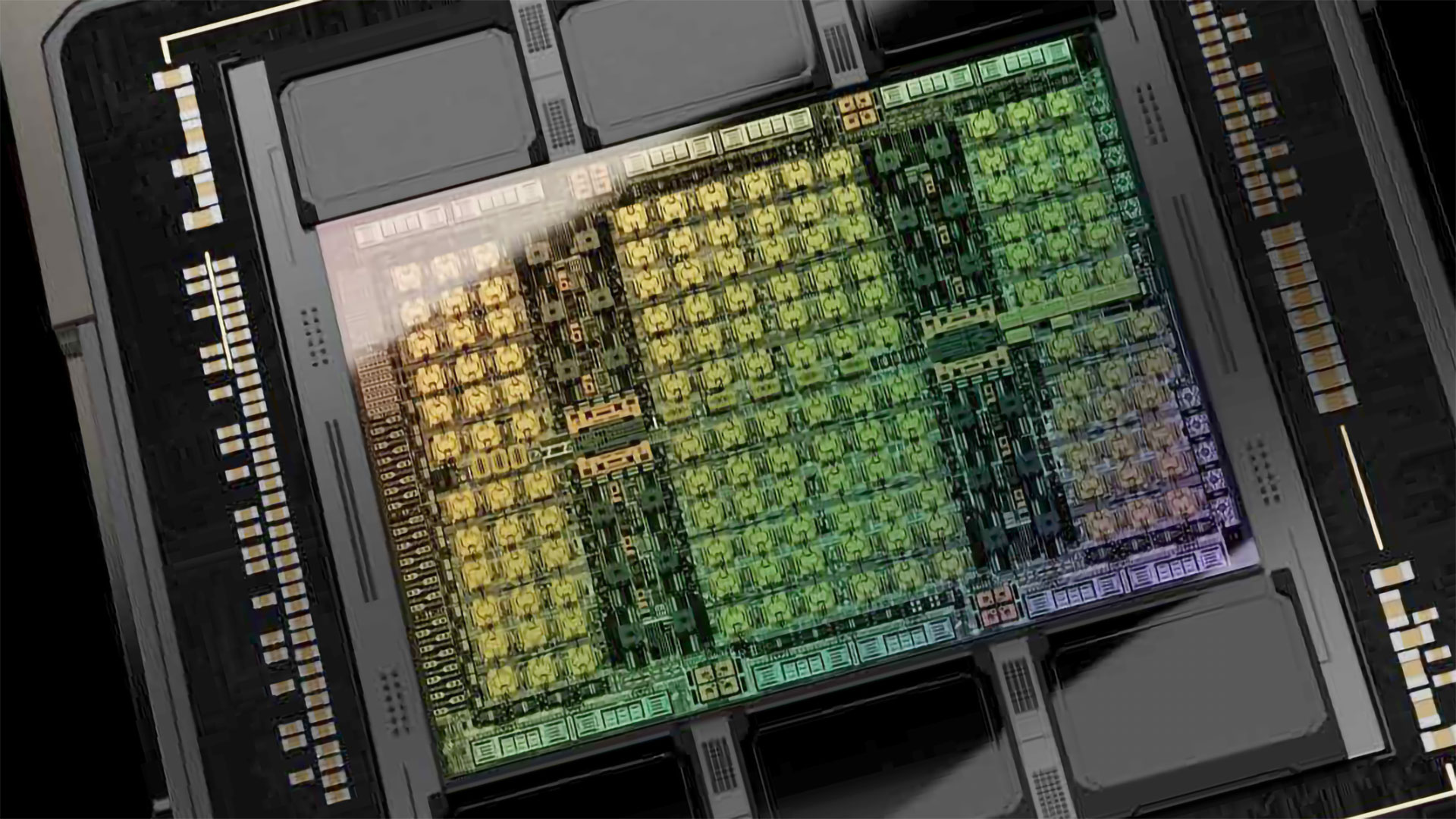Nvidia is readying the company’s GeForce RTX 50-series (Blackwell) products to rival thebest graphics cards. While the launch date is still uncertain, renowned hardware leaker@kopite7kimiclaims that based on his information, the memory interface configurations of the Blackwell family will not be too much different from the Ada Lovelace series. Since this is a leak, take it with a grain of salt. We gather from somepreviously released leaksthat the company plans to retain a 384-bit memory bus with its next-generation range-topping GB202 GPU based on theBlackwell architecture.
Nvidia’s Blackwell will likely be the company’s first family to supportGDDR7memory, whose higher data transfer rates and architectural peculiarities promise to significantly increase performance compared to existingGDDR6andGDDR6X-base memory solutions. Given that the 1st Generation GDDR7 SGRAM ICs will feature a data transfer rate of 32 GT/s, a 384-bit memory subsystem featuring these chips would offer around 1,536 GB/s of bandwidth, so a 512-bit memory interface will hardly be missed.

Although I still have fantasies about 512 bit, the memory interface configuration of GB20x is not much different from that of AD10x.July 15, 2025
Micron says that 16 Gb and 24 GbGDDR7chips will be available in 2025, though its roadmap does not indicate whether these devices will be launched simultaneously or 16 Gb will come out earlier. That said, what remains to be seen is whether Nvidia will use 16 Gb or 24 Gb GDDR7 memory ICs with its initial GeForce RTX 50-series graphics boards.

GeForce RTX 50-series Blackwell GPU Memory Configurations*
*Specifications are unconfirmed.
With Nvidia’sBlackwellfamily being at least two or three-quarters away, it is hardly a good business to make predictions by now. Yet, we have outlined possible memory configurations of theGB200-series powered offerings in the table.
For several generations now, Nvidia’s top-of-the-range consumer graphics cards have used a 384-bit memory interface (AD102,GA102), which has proven to be optimal from a performance and cost point of view. Cut-down versions of Nvidia’s range-topping consumer graphics products featured a 320-bit memory interface, whereas high-end GPUs featured a 256-bit bus (e.g., AD103, GA103, and GA104). Meanwhile, there are also GPUs in performance mainstream segments with a 192-bit memory bus (e.g., AD104, GA106) and a mainstream segment with a 128-bit memory interface (e.g., AD106, AD107, GA107).
While the comment by the leaker indicates theBlackwellfamily will largely retain memory interface configurations of the currentAda Lovelacefamily, it should be kept in mind that based on the same leaker, the Blackwell series will lack the GB204 GPU. In contrast, the rumoredGB205will likely not directly succeed AD104.
Get Tom’s Hardware’s best news and in-depth reviews, straight to your inbox.
Anton Shilov is a contributing writer at Tom’s Hardware. Over the past couple of decades, he has covered everything from CPUs and GPUs to supercomputers and from modern process technologies and latest fab tools to high-tech industry trends.